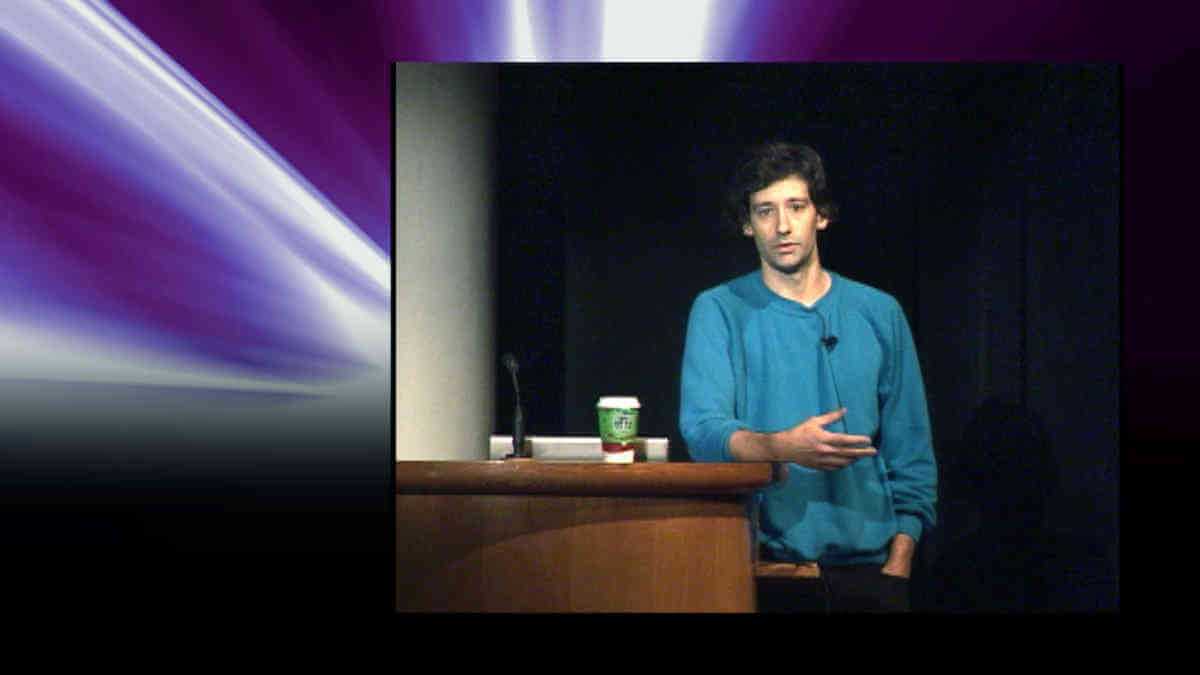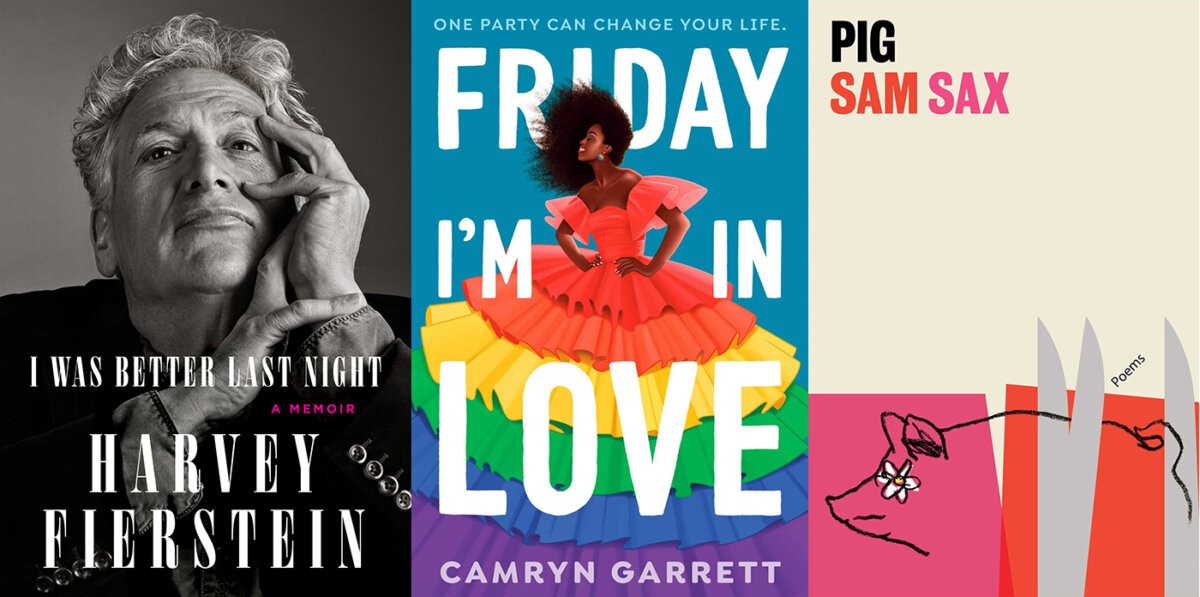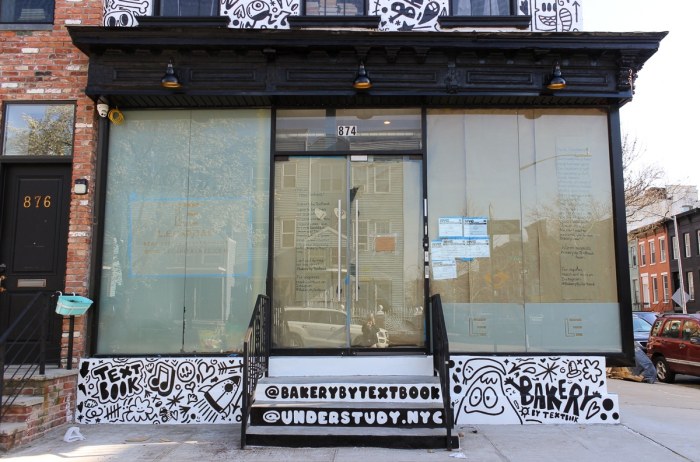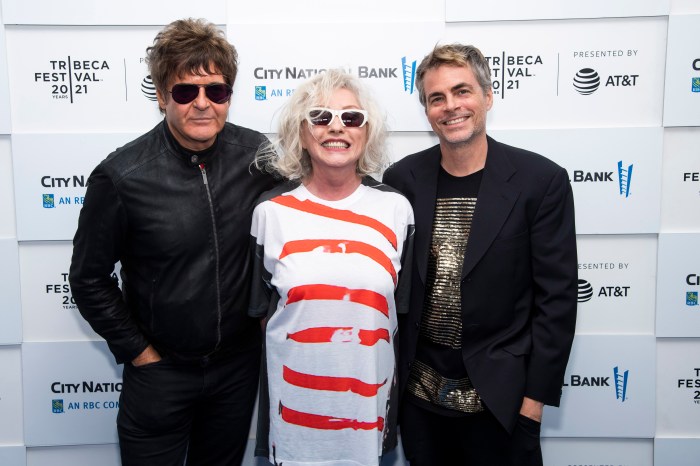It’s far from unusual for filmmakers to deliver multiple drafts of their films for public circulation, although the original cuts that no one but their inner circle has a chance to watch are usually too long for feature-length release.
“Blade Runner” has been released theatrically in three different cuts, as has “Apocalypse Now.” Wong Kar-wai re-edited his 1994 “Ashes of Time” into “Ashes of Time Redux.” George Lucas completely revamped his original “Star Wars” trilogy in elaborate ways that ticked off fans. Only two months after its original opening, Ari Aster’s “Midsommar” was briefly re-released to theaters in a slightly longer, unrated version.
In fact, unrated cuts, even of films originally rated PG-13, have long been a common marketing gimmick for home video.
But Seth Price’s “Redistribution,” essentially a video art project getting a week-long run at a movie theater, is unusual in that the current version is its eighth incarnation. The first one was completed in 2007, and he considers it a work-in-progress.
“Redistribution” begins at a lecture Price gave in Kassel, Germany, about storytelling, which turns out (at least as filmed and edited here) to resemble a fashion show more than anything else. Subtitled text describes the human race’s need to describe our lives in stories — possibly facetiously, Price suggests that serial killers’ murderous compulsions lie in the need to tell the same story over and over. But onscreen at the same time, models appear in white outfits and sunglasses designed by the fashion line Folklore as house music pounds away and lasers go off. This film started out with a lecture Price gave in which he explained his approach to video, avoiding drawing either from performance art or a conventional vision of moviemaking, and much of it consists of that footage. However, digital colors swirl around the box where Price speaks.
Price’s aesthetic is often based around sensory overload, with his voice, images, and subtitles that have nothing to do with the soundtrack competing for the viewer’s brain cells. “Redistribution” is deeply engaged with the way the Internet has changed image-making and perception, and it reproduces the same demands on the attention economy. Price’s work has used the Internet as an archive of source materials; this idea might be banal now but he notes that it seemed innovative when he started doing so in 2000.
The fact that his subtitles so often focus on storytelling might seem perverse when “Redistribution” is so far removed from ordinary narrative cinema, but they make sense if one thinks about the kinds of stories it tells in other ways. For one, “Redistribution” shows an artist figuring out how to speak to an audience — the earliest “lecture” included took place in 1999, but it just consists of him talking to a cheap video camera in his bedroom. Now he’s comfortable talking to large crowds in Amsterdam and Singapore.
It’s easy to feel nostalgic these days for the old, weird Internet, before its initial promise turned into a selection of social media, porn, streaming music, and video tightly controlled by a few corporations. I find it hard to separate my reaction to “Redistribution” from the fact that I’m now working on a found-footage short whose images are taken entirely from videos downloaded from YouTube. It was a small revelation to realize how I could edit 30 seconds of a much longer clip, flip its context, add a voice-over, and try to use it to create something new, even if I’ve seen plenty of films that do the same. Price has frequently taken violent imagery from the Internet, including Daniel Pearl’s beheading and gruesome photos of accident victims, and altered it to add a degree of abstraction and distance. One of his lectures brings up the history of the sampler, the fact that it was extremely expensive until the mid-‘80s, and so its initial use came from composers linked to universities, not the hip-hop producers with which it’s now associated. Price has made music inspired by that period, including an eerie cover of the Velvet Underground’s “Sister Ray.”
Price’s use of digital images feels somewhat sterile. He’s aware of that and brings up the concept of the “uncanny valley” — the point at which CGI starts to look so real that it becomes creepy. But the constant changes of “Redistribution” do something more than just reproduce the electronic distraction that is a hallmark of the present. The final words of “Redistribution” describe a culture that denies its capacity for real-life violence while obsessed with consuming images of it. But the last images suggest the resilience of serenity and beauty. Like “Redistribution,” the future is still unfinished.
REDISTRIBUTION | Directed by Seth Price | Self-distributed | Opens Sep. 13 | Metrograph, 7 Ludlow St. btwn. Canal & Hester Sts. | metrograph.com


































